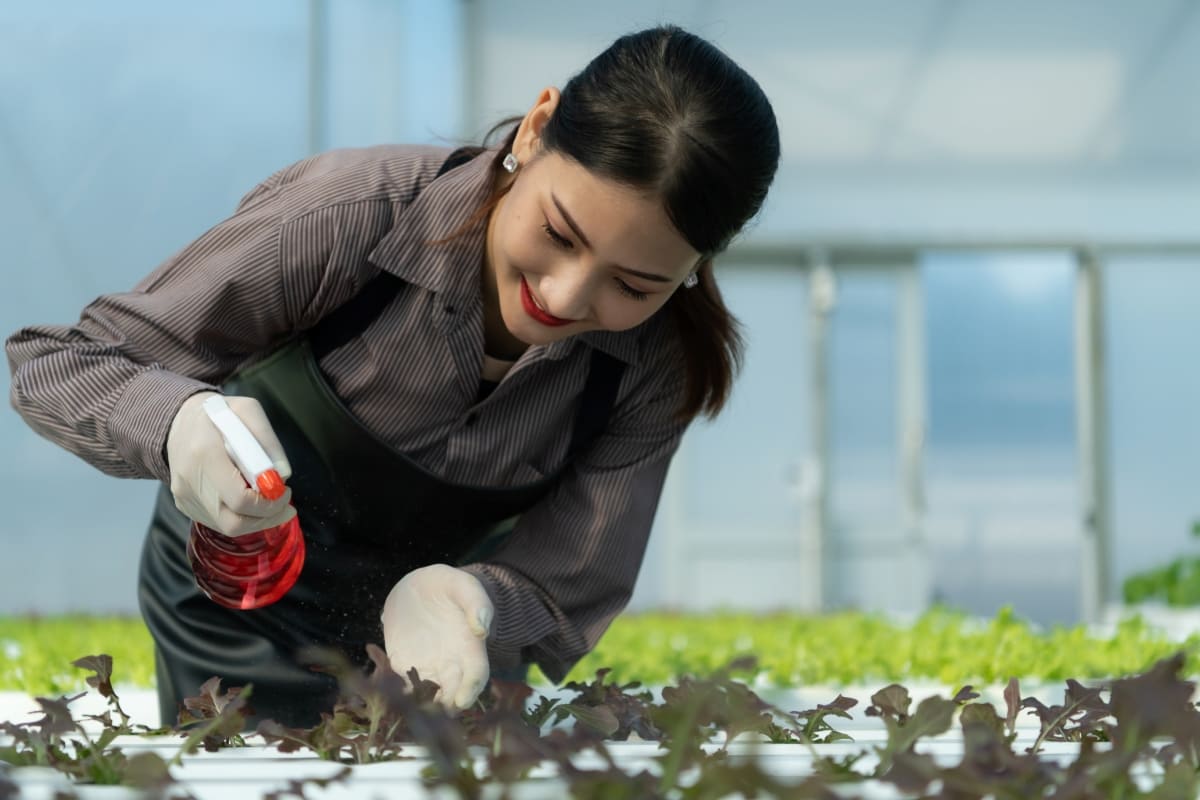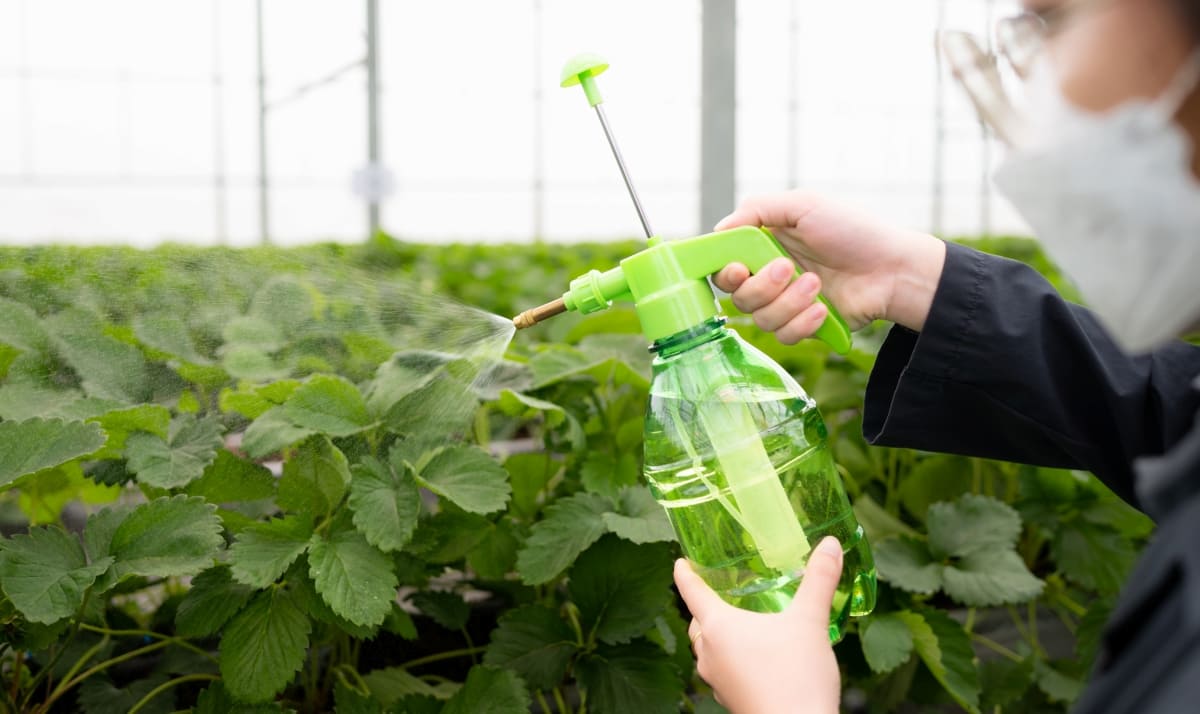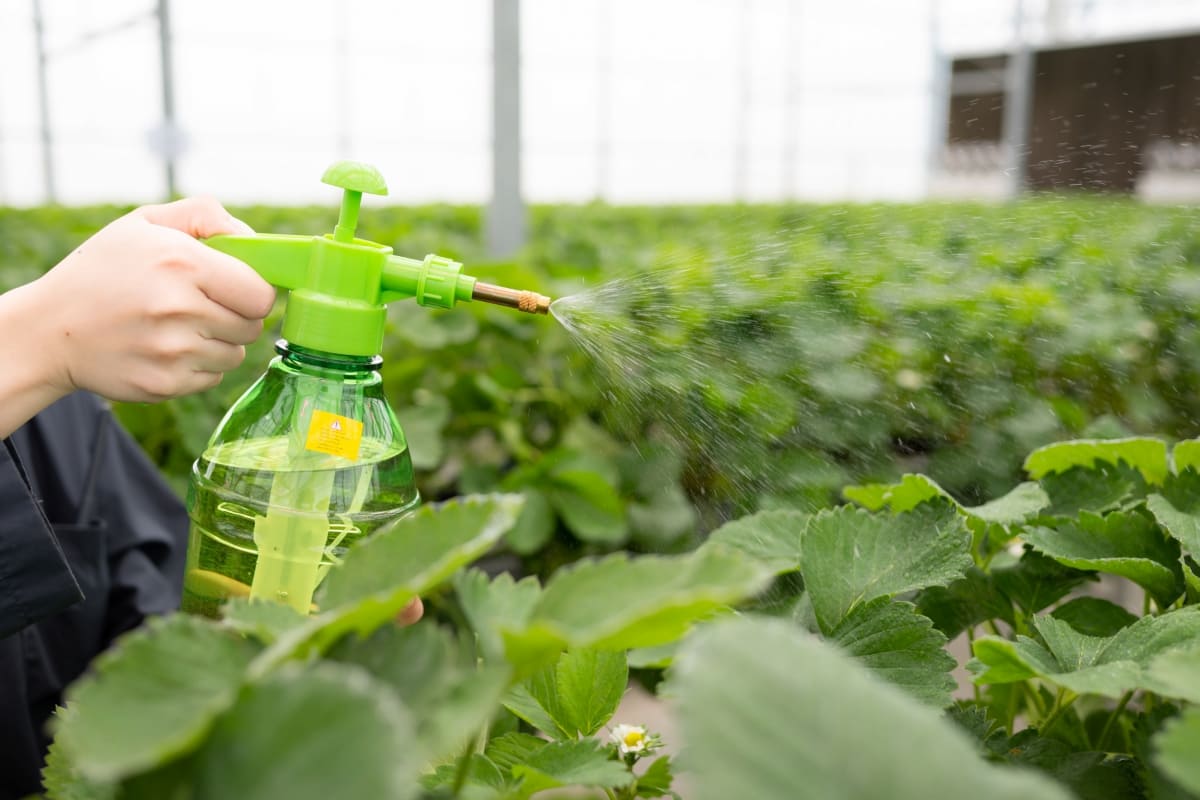Hydroponic gardening is a practice of growing plants without soil, where using a nutrient solution and a growing medium. However, hydroponic plants are prone to diseases, and some common issues can affect their productivity. In this article, we will discuss some of the most common hydroponic disorders, how to identify them, and how to manage them effectively.

How to Control Hydroponic Diseases Naturally
Hydroponic Diseases: Identifying and Managing Common Issues
Hydroponic crops are susceptible to diseases caused by fungi, bacteria, and viruses. These pathogens can cause symptoms such as leaf spots, wilting, and discoloration, which can reduce the quality and yield of the crops.
Fungal Diseases in Hydroponics: Fungal pathogens, such as Fusarium and Pythium, are common culprits in hydroponic systems. They can cause diseases like root rot and damping-off. Symptoms include wilting, yellowing leaves, and stunted growth. To manage these diseases, maintaining proper moisture levels and using fungicides designed for hydroponics are effective measures.
Bacterial Diseases in Hydroponics: Bacterial infections can lead to issues like bacterial leaf spots and soft rot in hydroponic crops. Symptoms often include dark, water-soaked lesions on leaves and the rotting of plant tissue. Common ways to manage plants are to use sterile techniques when planting, choose plant varieties resistant to disease, and use copper-based bactericides.
Viral Diseases in Hydroponics: Viruses, such as Tobacco Mosaic Virus and Cucumber Mosaic Virus, can infect hydroponic crops. They result in mosaic patterns on leaves, mottling, and stunted growth. The best preventive measure is to start with virus-free planting material and maintain good hygiene in the hydroponic system to minimize the risk of transmission.
Several factors, such as temperature, humidity, pH, nutrient levels, and sanitation, influence disease development in hydroponics. To prevent or manage diseases effectively, it is essential to identify the causal agent and the environmental conditions that favor their spread. Affect hydroponic crops, how to recognize their signs and symptoms, and how to diagnose them using laboratory tests or field kits.
The Importance of Natural and Organic Treatment in Hydroponics Disease Control
- Environmentally Friendly: Natural and organic treatments are less harmful than synthetic chemicals, reducing pollution risk.
- Safe for Consumption: These treatments are safer for plants and consumers due to direct contact with nutrient solutions.
- Preserving Beneficial Microorganisms: Natural treatments are more compatible with beneficial microbes, maintaining the system’s balance.
- Sustainable: Aligning with sustainability principles, these treatments ensure the system’s long-term viability.
- Resistance Management: Over-reliance on synthetic chemicals can lead to the development of resistant pathogens, reducing the risk of resistance.
Identifying Common Hydroponic Diseases: Symptoms, Causes, and Prevention Strategies
- Root Rot: Symptoms include wilting, yellowing leaves, and a foul odor. Waterborne pathogens like Pythium and Fusarium cause it. Prevention involves maintaining proper moisture levels and using beneficial microorganisms.
- Powdery Mildew: This disease manifests as a white powdery substance on plant surfaces. Fungal spores cause it. Prevention includes proper air circulation, maintaining optimal humidity, and using natural antifungal agents.
- Damping-Off: Young seedlings are susceptible to this disease, which causes wilting and plant death. Soil-borne pathogens usually cause it. Prevention involves using sterilized planting material and maintaining a clean system.
Implementing Preventive Measures: Maintaining a Clean and Sterile Hydroponic System
- Regularly clean and disinfect equipment.
- Remove dead or diseased plants.
- Use sterilized equipment and supplies.
- Avoid introducing plants from outside.
- Practice good sanitation to prevent cross-contamination.
In case you missed it: How to Control Hydroponic Tomato Pests and Diseases Naturally: How to Get Rid of Them with Natural and Organic Treatment

Beneficial Microorganisms: Harnessing the Power of Probiotics in Hydroponic Disease Control
Beneficial microorganisms, such as Pseudomonas fluorescens, can be crucial in hydroponic disease control. They compete for resources with harmful microbes, produce antibiotics, and improve soil health. Adding these microorganisms to your system can enhance plant growth, control pests, and suppress diseases.
Utilizing Essential Oils and Plant Extracts as Natural Antifungal Agents in Hydroponics
Essential oils and plant extracts can act as potent natural antifungal agents. Oils like neem oil and plant extracts such as garlic and cinnamon have fungicidal properties. Biological pesticides, such as neem oil and pyrethrin, offer a safer and eco-friendly alternative for pest control in hydroponics.
Neem oil, derived from neem tree seeds, and pyrethrin, obtained from pyrethrum daisy flowers, are effective against various pests, including whiteflies, spider mites, and aphids. They are generally safer for the environment and human consumption than synthetic pesticides. These natural substances can be safely used in hydroponic systems to control fungal diseases without harming the environment or the plants.
The Role of Biocontrol Agents in Controlling Hydroponic Diseases Naturally
Biocontrol agents are living organisms that can be used to control pests and diseases naturally. Examples include nematodes, predatory mites, and parasitoid wasps. Lady beetles, also known as ladybugs, are excellent predators of aphids and other pests. To attract them to your hydroponic garden, provide a suitable habitat.
Plant a mix of vegetables, herbs, and flowers that attract lady beetles. This creates a welcoming environment, encouraging their presence. Lacewings are another beneficial insect that prey on pests. They can be attracted by planting herbs and flowers that offer nectar and pollen. These include plants like marigolds and alyssum. By providing food sources, you can make your hydroponic garden inviting to lacewings.
Enhancing Plant Immunity: Strengthening Defense Mechanisms for Disease Resistance in Hydroponics
Ensuring your plants receive the proper nutrients in the correct balance is crucial. Maintaining optimal environmental conditions, such as temperature and humidity, can help plants thrive and resist diseases.
In case you missed it: How to Control Cherry Pests Naturally: How to Get Rid of Them with Natural and Organic Treatment

Nutrient Management for Disease Prevention: Balancing pH and Nutrient Levels in Hydroponic Systems
Nutrient management is fundamental in disease prevention. Maintaining the correct pH 5.6-6.5 and nutrient levels in the nutrient solution is essential for plant health.
Integrated Pest Management (IPM) Strategies for Effective Hydroponic Disease Control
Integrated Pest Management (IPM) is a comprehensive approach to hydroponic disease control that combines various strategies for long-term effectiveness. It encompasses cultural practices, physical barriers, biological control agents, and the judicious use of pesticides when necessary. By integrating these methods, IPM aims to create an environment that minimizes pest and disease pressure, ultimately promoting the health of hydroponic crops. It emphasizes preventative measures, early detection, and the least-toxic intervention.
How can I Treat Hydroponic Diseases Naturally?
- Hydrogen peroxide: This is a powerful oxidizer that can kill pathogens and boost oxygen levels in the water. Add a 3-4 drops of 3% hydrogen peroxide per gallon of water every few days.
- Neem oil: This is a natural insecticide and fungicide that can prevent and treat many hydroponic diseases. You can spray neem oil diluted with water on the leaves and stems of your plants once a week.
- Cinnamon: This is a spice that has antifungal and antibacterial properties. You can sprinkle cinnamon powder on the surface of the growing medium or mix it with water and spray it on the plants.
- Baking soda: This is a common household item that can help control powdery mildew and other fungal diseases. You can mix one teaspoon of baking soda with one pinch of water and spray it on the affected areas.
- Apple cider vinegar: This is a natural acidifier that can lower the pH of the water and inhibit bacterial growth. You can add a tablespoon of apple cider vinegar per gallon of water every few days.
In case you missed it: How to Control Lemon Pests Naturally: How to Get Rid of Them with Natural and Organic Treatment

Conclusion
Controlling hydroponic diseases naturally through organic treatments is an environmentally friendly and practical approach. By implementing strategies like cultural practices, biological controls, and judicious use of pesticides, hydroponic growers can maintain healthier crops while minimizing the impact on the environment and human health.
- Deworming Schedule for Dogs/Puppies: A Beginners Guide
- How to Prevent and Control Parasites in Goats
- Beneficial Insects in Pest Management
- Natural Solutions for Pest Control in Flower Gardens
- Types of Fungicides Used in Agriculture
- Common Issues in the Fruit Development Stage of Pomegranate Farming
- Fruit Development Issues in Papaya: Easy Solutions and Treatment
- Soil-Borne Diseases and How to Protect Your Plants
- Practices to Prevent Disease Spread in the Garden